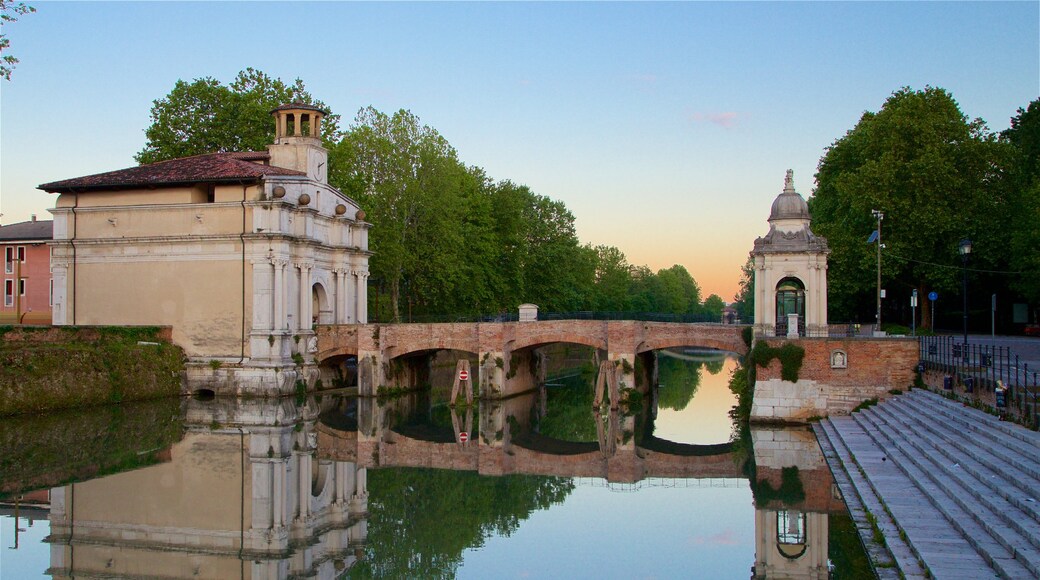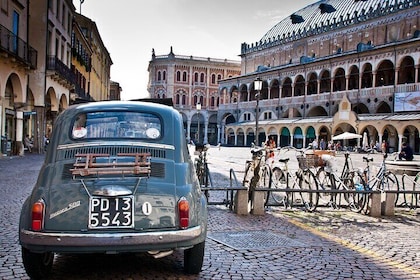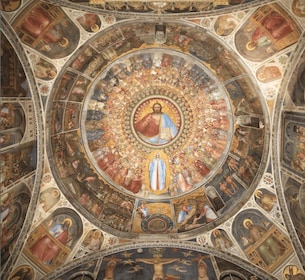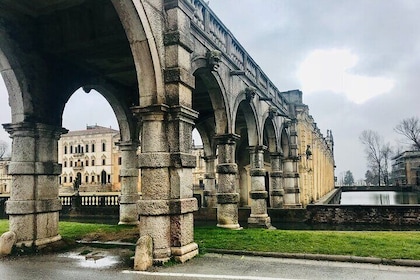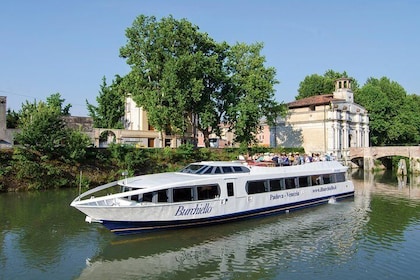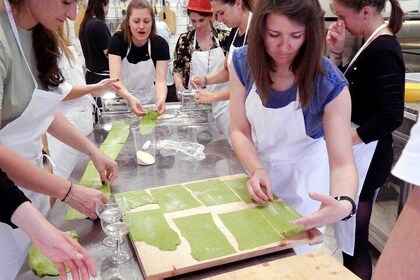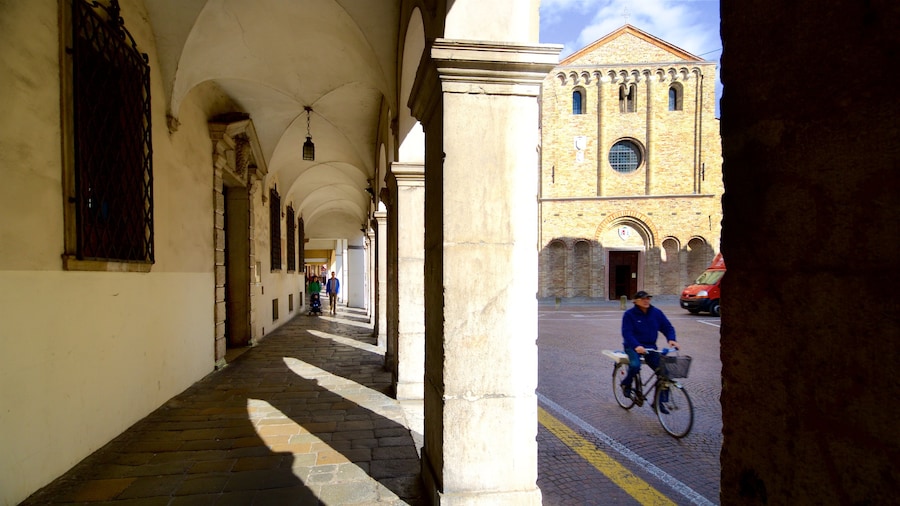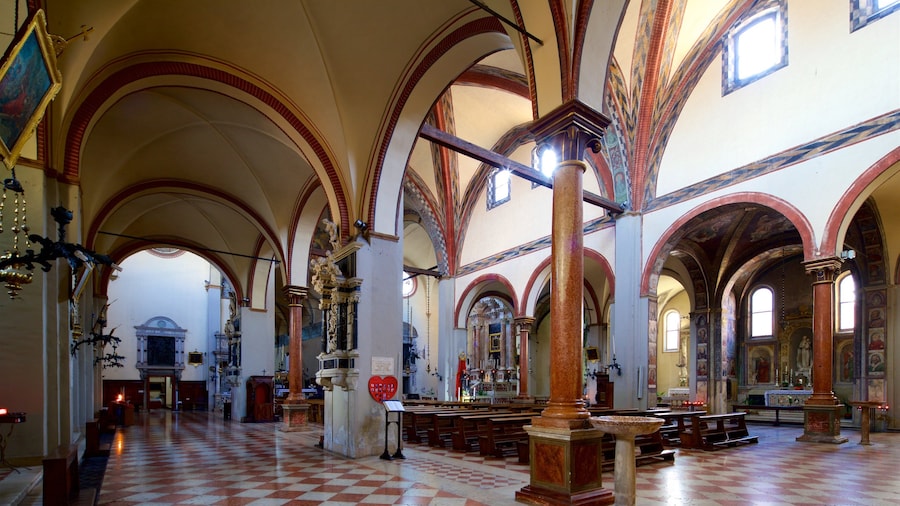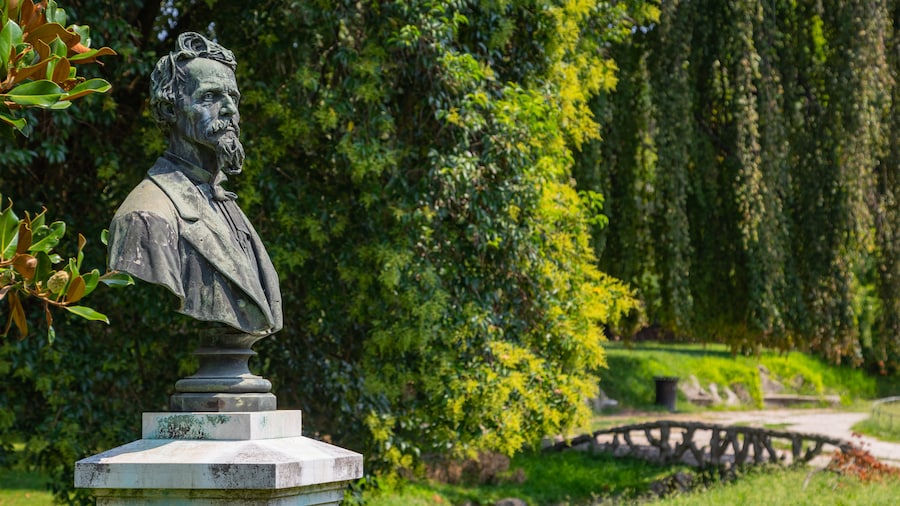Find this grand 16th-century gate, once one of the main entrances to the city, in the heart of Padova’s bustling university district.
Standing on the bank of the Brenta river is the magnificent Porta Ognissanti, also known as the Porta Portello. Visit this beautiful and historic structure to get a sense of Padova’s long history and to see an impressive piece of architecture. The edge of the Brenta is also a wonderful place to go for a walk. With a high concentration of university buildings and many students in the area, a lively café is never far away here.
Padova’s city walls were erected in 1519, with several gates built along their length. Porta Ognissanti was the grandest of them all, carefully designed to give an impression of wealth and splendor to those aboard boats approaching along the water from Venice. Look for the many details that make this structure so special. Admire the slim, Romanesque columns, the many carved embellishments and the inscriptions which offer interesting information. One of these inscriptions commemorates the year 1118 B.C., when the city of Padova was founded.
Notice the shrine at the opposite end of the bridge that leads up to the gate. It was once the custom to go to Mass here before setting off on a boat journey.
Try to find the small features of the gate that many people miss. These include a tiny bas-relief of a medieval castle over the doorway. The bridge, meanwhile, is marked with carvings thought to be a type of graffiti, possibly left here by the men guarding the gates. The carvings depict a chessboard as well as a board for the game Nine Men’s Morris, suggesting the guards played games here to pass the time.
The area around the gate is an ideal place for a walk or a bike ride on a day with good weather. Set off along the beautiful, tree-lined path that runs alongside the water. Bring a camera to capture the wonderful views you will see along the way.
Find the Porta Ognissanti by heading south from the main station until you hit the Brenta. Then walk east, following the water, and arrive at this lovely building in less than 20 minutes.
